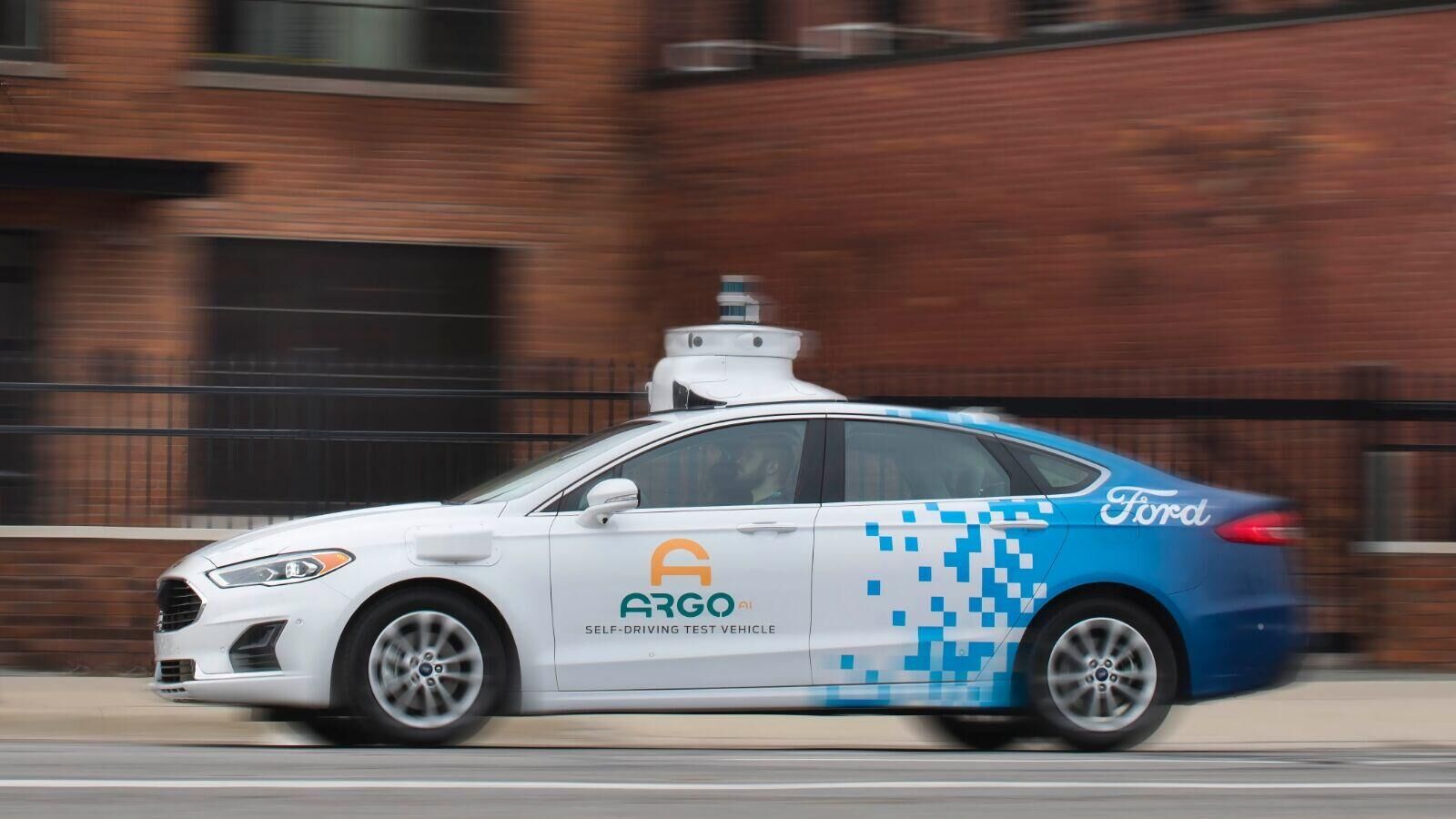New Long-Range LiDAR Sensor to Improve Autonomous Tech
Published 10:04 pm Tuesday, May 4, 2021
By Jessica Shea Choksey
Investments from Ford and Volkswagen fuel Argo AI’s innovations in LiDAR technology. An Argo AI LiDAR-equipped Ford Fusion is seen here. (Ford Motor Company)
Pittsburgh-based autonomous technology startup, Argo AI, has partnered with Ford and Volkswagen for the past two years to independently integrate its self-driving system (SDS) into purpose-built vehicles for both automakers. Backed by a combined $7 billion automaker investment, Argo AI focuses on developing Level 4 autonomous vehicle technologies intended for ride-sharing and goods delivery applications in urban centers.
From this collaboration, Argo AI has developed a long-range LiDAR sensor that could significantly advance the next generation of driverless technology. Ford would use it for a fleet of ride-hailing vehicles soon, and VW would offer vehicles with the capability a few years down the road.
The new LiDAR sensor can reportedly detect objects up to 400 meters (nearly a quarter of a mile) ahead and capture them in photographic detail, even in low-light situations. That range is about 100-200 meters (a football field or two) more than currently available LiDAR systems. The extended sight range and visibility of Argo’s LiDAR system will potentially allow self-driving cars to travel at faster and more practical speeds while having greater awareness of the surrounding environment.
“It really unlocks our ability to operate safely on highways and to then expand to entire metropolitan areas,” said Bryan Salesky, Argo’s CEO and co-founder, during an interview with Automotive News. Argo is currently testing the new LiDAR sensor technology in various cities across the country using vehicles that move both goods and people autonomously.
LiDAR, which stands for “light detection and ranging,” works by bouncing light off objects to determine their distance, positioning, and movement relative to the source. The technology goes well beyond the capabilities of camera and radar-based systems by using a pulsed laser to create a map of the surrounding area around a vehicle. LiDAR is the basis for autonomous vehicles to navigate roadways and make safe driving decisions in real-time.
With LiDAR, long-reach object detection is possible with longer wavelength lasers in the infrared range. Some of the more advanced systems in development or scheduled for imminent release, such as Volvo’s Luminar LiDAR system, have a “sight” range of 200-plus meters (more than two football fields) with a laser wavelength of 1550 nanometers (nm). Current LiDAR systems primarily employ laser wavelengths of either 905nm or 1550nm. Argo has not confirmed the wavelength of the laser its new technology is using.
Beyond its long-range and high-precision capabilities, the new Argo LiDAR sensor can also detect dark objects that do not easily reflect light. Non-reflective objects are generally a challenge for current LiDAR systems that rely on photosensors. But Argo’s system uses the Geiger mode avalanche photodiode array, which can detect reflected photons with a much higher level of sensitivity. This allows the system to see more objects with greater clarity regardless of their reflective properties.
Volvo, and its LiDAR partner, Luminar, expect to offer Level 3 conditional autonomous driving in the next-generation 2022 Volvo XC90 SUV. The vehicle will be the first Volvo built on the automaker’s next-generation SPA2 modular vehicle architecture, and it will be hardware-ready with built-in LiDAR.
According to Luminar CEO Austin Russell, the company’s newest high-performance sensors can detect low-reflective objects at a range of 250 meters (820 feet) and brighter objects up to 500 meters (1,640 feet) away, which surpasses the capabilities of Argo’s sensors. But it is not clear when Luminar would integrate these sensors into future LiDAR systems on Volvo vehicles.





